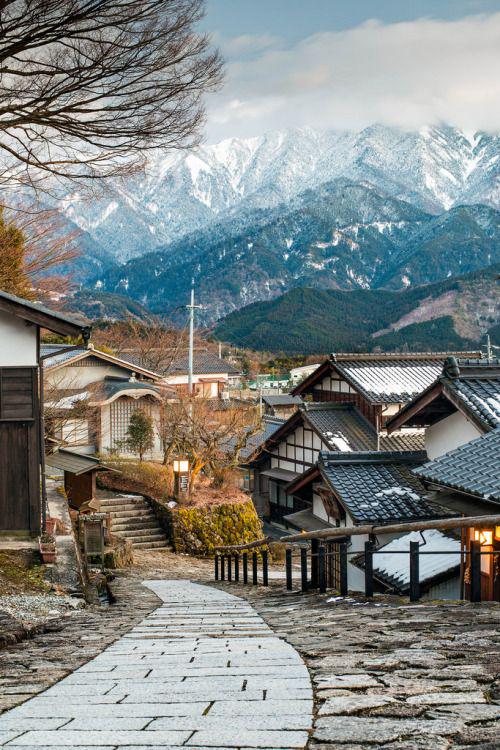
The Kisoji became even more important from the beginning of the Edo Period, when it was amalgamated with other routes in the formation of the 500 km long Nakasendo. The Nakasendo ("path through mountains") was one of the two means of transportation between Edo and Kyoto. It contrasted with the other principal transportation route of the time, the Tokaido, which ran along the sea shore.

Because of restrictions by the shogunate, travelers were almost always forced to make their trips on foot. As a result, "post towns" developed every few kilometers to provide travelers with places to rest, eat, and find nightly accommodation during their arduous journey.
Along the Kiso Valley, a few post towns, particularly Magome, Tsumago and Narai, have been preserved to look as they did when they served travelers of the Nakasendo. Visitors are able to enjoy the stone paths and wooden buildings of a bygone era.









No comments :
Post a Comment